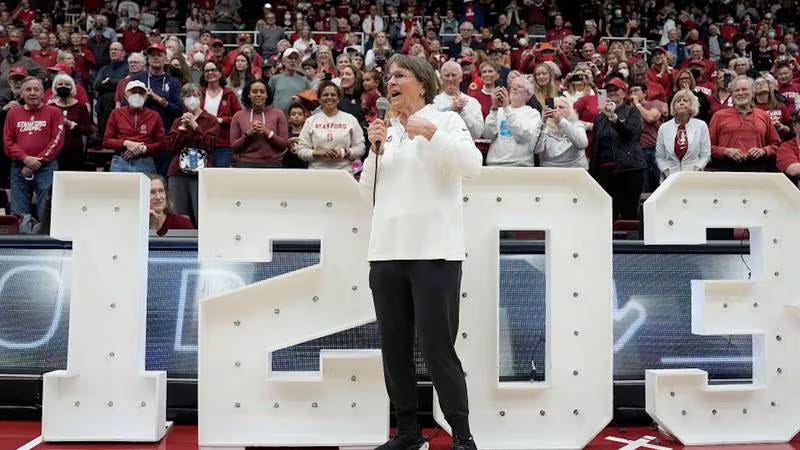Five Out: Kiki Iriafen's big night, South Carolina: destroyer of worlds, the Big 12's injury bug
Andrew's five thoughts on women's hoops. January 22nd, 2024.

I don’t envy the AP Top 25 voters this season. Usually it’s easy to take some shots at a ranking and believe you could do better with your placements. This season? Y’all can have it. So instead of power rankings or a ‘trending up, trending down’, …
Keep reading with a 7-day free trial
Subscribe to No Cap Space WBB to keep reading this post and get 7 days of free access to the full post archives.



